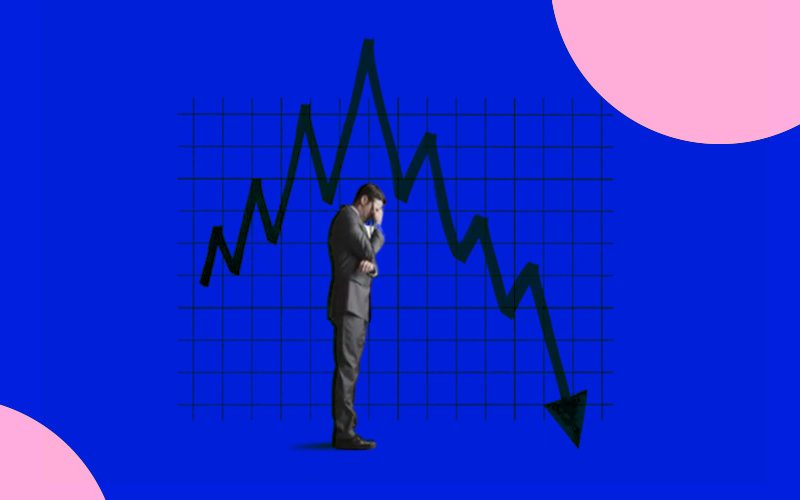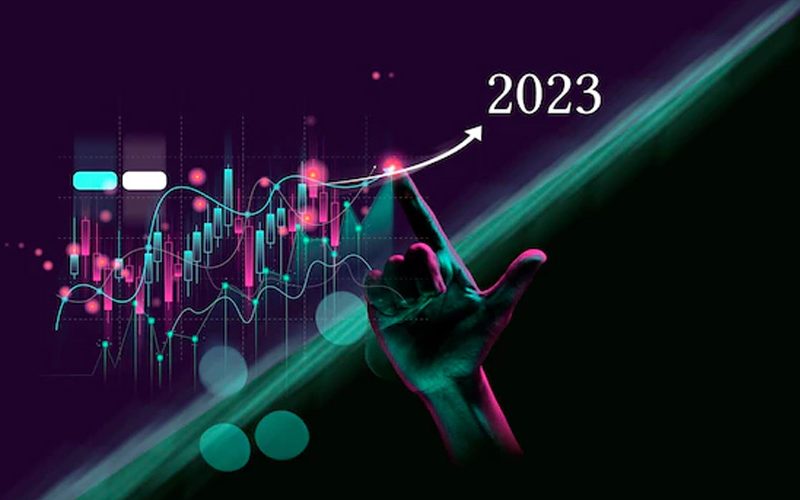Experts predict that the global economy will enter a recession in 2023 and you should be prepared
According to the Centre for Economics and Business Research (CEBR), the world will enter a recession in 2023. New borrowing costs to combat inflation cause a number of economies to contract. The global economy surpassed $100 trillion for the first time in 2022 but will stall in 2023 as policymakers continue to fight rising prices.
The battle against inflation is far from over. We expect central bankers to stick to their guns in 2023, despite the economic costs. Lowering inflation to more manageable levels comes at the expense of a weaker growth outlook for the next few years. The study’s findings are more pessimistic than the most recent International Monetary Fund forecast. More than a third of the global economy will contract and there is a 25% chance of global GDP growing by less than 2% in 2023, defining a global recession. By 2037, the world’s GDP will have doubled as developing economies catch up with richer ones.
The East Asia and Pacific region will account for more than a third of global output by 2037, while Europe’s share will fall to less than a fifth. The Centre for Economics and Business Research uses an internal model to forecast growth, inflation, and exchange rates based on data from the IMF’s World Economic Outlook. According to the research, India will become the third $10 trillion economy in 2035, and the world’s third-largest by 2032. The global economy is on the verge of a recession, as central banks continue to raise interest rates to combat persistently high inflation. One bright spot is that, in comparison to previous downturns, most major economies that are already in or are about to enter a recession have relatively low unemployment.
Indeed, according to the most recent poll, the gap between growth rates and unemployment will be the smallest in at least four decades. While this may dampen the severity of recessions most respondents expect them to be short and shallow in key economies, and it may also keep inflation elevated for longer than most currently anticipate. The majority of the world’s top central banks are more than two-thirds of the way to the expected terminal interest rate, but with inflation still much higher than their mandated levels, the risk is that those rate expectations are too low. After being slow to recognize the inflationary threat, global central banks have spent the majority of this year accelerating rate hikes to catch up. Most economists and central bankers believe there will be little work to be done next year. According to Michael Every, global strategist at Rabobank, the “risk of a global recession” has become mainstream in forecasts. “When you look at the trend in all of the key economies, I think that’s pretty much a no-brainer.”







